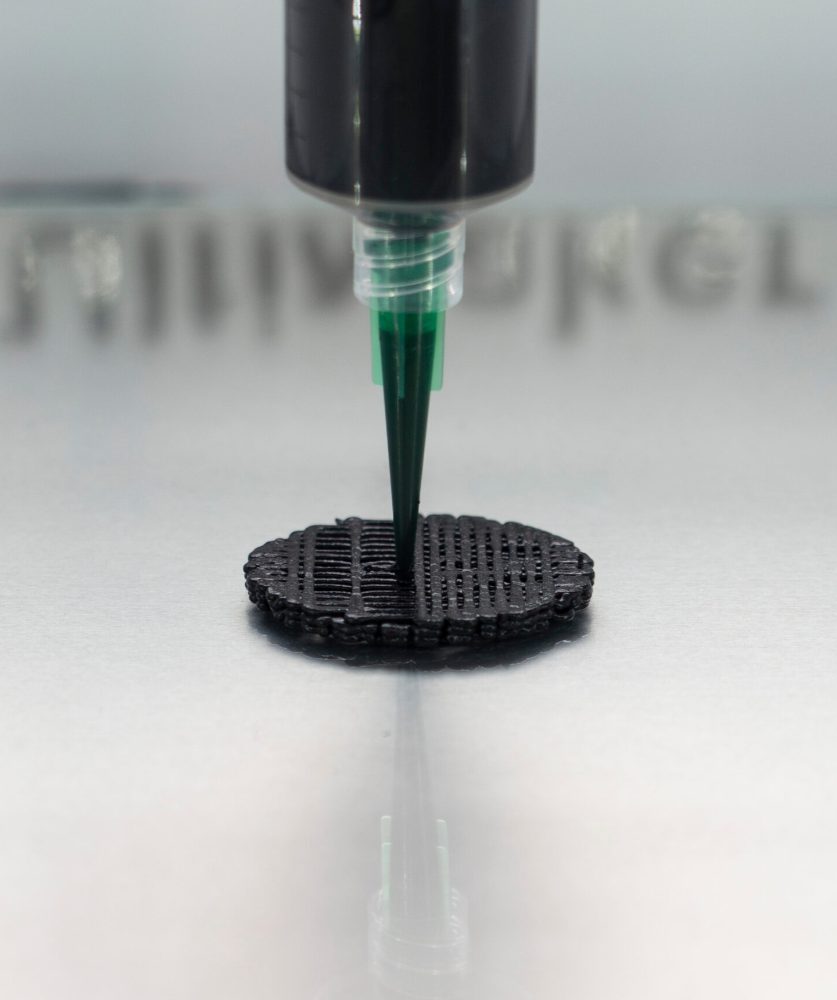
Biodegradable Fungal Battery
Product Information
Context and Objectives
The electronics industry is one of the biggest contributors to e-waste, with traditional batteries containing toxic chemicals that are difficult to dispose of safely. This biodegradable fungal battery offers an eco-friendly alternative, breaking down naturally after use, leaving minimal environmental impact.
The goal of this innovation is to create sustainable energy solutions for low-power devices, such as environmental sensors, wearable electronics, and temporary medical implants.
Key Features
- Sustainable Power Source – Uses fungi-based electrodes to generate electricity from organic matter.
- Fully Biodegradable – The battery naturally decomposes into harmless organic components after its lifespan.
- Low Environmental Impact – Avoids the use of heavy metals and hazardous chemicals present in conventional batteries.
- 3D-Printed Structure – Precision manufacturing ensures optimal energy efficiency while maintaining sustainability.
- Potential Applications – Ideal for temporary electronics, remote environmental monitoring, and medical applications.
Impact on Sustainable Design
For architects, designers, and product developers, this innovation offers a renewable power source that aligns with green building principles and sustainable product design. As regulations on electronic waste disposal become stricter, biodegradable solutions like this fungal battery may play a crucial role in future energy systems.
Future Developments
Empa researchers plan to enhance battery efficiency and explore scalability for commercial applications. The team aims to make fungal batteries a viable alternative to conventional power sources in biodegradable electronics.
Frequently Asked Questions
-
What is the biodegradable fungal battery?
- It is a microbial fuel cell that uses fungi to generate electricity and naturally decomposes after use.
-
What materials are used in this battery?
- It consists of fungi (Trametes versicolor and Ganoderma applanatum), combined with a 3D-printed structure to facilitate energy generation.
-
How does it work?
- The fungi’s natural metabolic processes create a flow of electrons, which generates sustainable electrical power.
-
Where can this technology be applied?
- It is suitable for temporary electronic devices, medical implants, remote environmental sensors, and smart packaging.
-
What are the future prospects of this innovation?
- Scientists are working on improving battery performance and scalability, making it a commercially viable solution for sustainable electronics.
This biodegradable fungal battery exemplifies how nature-inspired innovations can transform energy storage, creating eco-friendly and circular solutions for the future.



